Silver Birch Tree
- October 10, 2023
- 0 comment
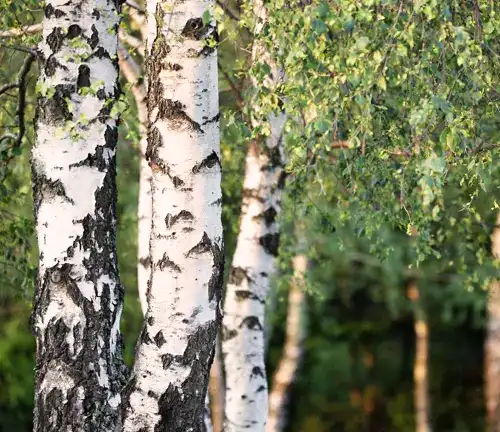
The Silver Birch, scientifically classified as Betula pendula, is an enchanting deciduous tree renowned for its slender, graceful form and distinctive silvery-white bark. Originating from Europe and parts of Asia, it has become an iconic species that graces woodlands, heathlands, and urban landscapes alike. One of its most captivating features is the peeling bark that sheds in delicate, paper-like layers, imparting an ethereal quality to the tree’s appearance. This striking bark not only serves an aesthetic purpose but also plays a crucial role in protecting the tree from various environmental stresses.
The leaves of the Silver Birch are small and triangular, doubly serrated, creating a light and airy canopy that rustles melodically in the gentlest breeze. In the spring, the tree produces catkins, which are long, drooping clusters of flowers. These catkins release pollen, contributing to the tree’s reproductive cycle. Beyond its botanical characteristics, the Silver Birch holds cultural significance in folklore and mythology. In various traditions, it is associated with themes of renewal, purification, and protection, adding a layer of symbolic depth to its already captivating presence.
Adaptable to a range of soil types, the Silver Birch demonstrates resilience and versatility in its habitat preferences. Its adaptability has made it a common sight in urban areas, where it provides not only visual beauty but also ecological benefits. With a lifespan of around 60 years, these trees contribute to biodiversity by offering habitat and sustenance for various wildlife species. Their presence in ecosystems supports a healthy balance and enhances the overall environmental quality.
| Characteristic | Description |
| Scientific Name | Betula pendula |
| Family | Betulaceae |
| Native Range | Europe, Asia |
| Height | 50-80 feet |
| Growth rate | Fast |
| Lifespan | Around 60 years |
| Bark | Silvery-white, peels in papery layers |
| Longevity | 75-100 years |
| Sun exposure | Full sun to partial shade |
| Soil type | Well-drained, moist soil |
A Brief History
The Silver Birch Tree, scientifically known as Betula pendula, has a rich history deeply intertwined with the landscapes of Europe and Asia. This elegant deciduous tree has graced woodlands and urban areas for centuries, its presence woven into the tapestry of both natural and cultural history. From its origins to its global spread, the Silver Birch has left an indelible mark on the world’s green spaces.

Color/Appearance
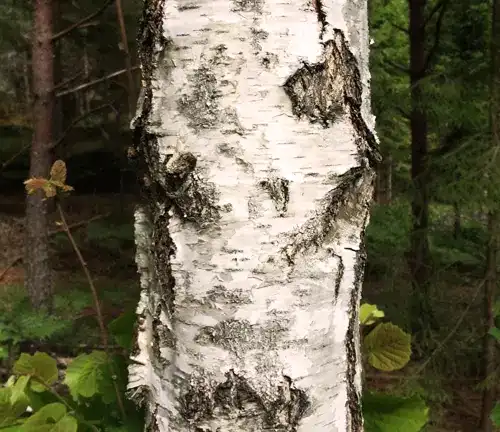
One of the most enchanting features of the Silver Birch is its distinctive silvery-white bark, a hallmark that sets it apart in any setting. The bark peels in delicate layers, revealing a smooth surface beneath. In contrast, the leaves of the Silver Birch are small and triangular, creating a light, airy canopy. The tree undergoes a seasonal transformation, with autumn foliage turning a brilliant yellow, adding a burst of color to the landscape.
Unique Features
Beyond its aesthetic charm, the Silver Birch boasts unique features that contribute to its allure. The delicate rustle of its leaves in the wind, the drooping catkins that mark the arrival of spring, and the slender, pyramid-shaped silhouette in its youth, evolving into an oval shape with age—these distinctive qualities make the Silver Birch a captivating subject of study and appreciation.
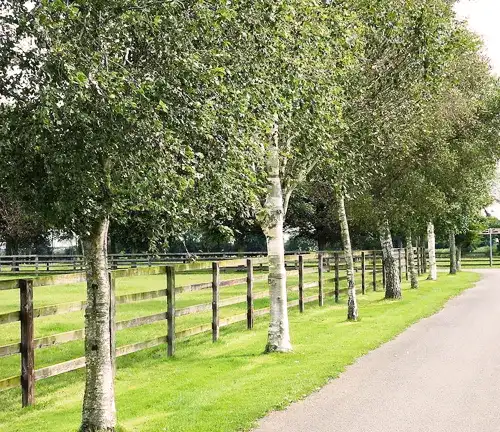
Ecological Importance
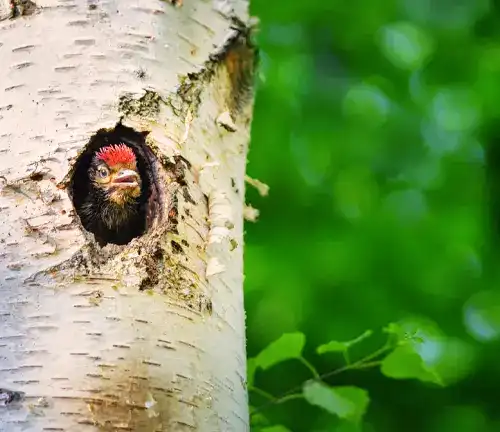
The ecological role of the Silver Birch extends far beyond its visual appeal. This tree provides vital habitat for various wildlife species, including birds, insects, and small mammals. Its adaptability to different soil types makes it a resilient component of ecosystems, and its tolerance to urban pollution contributes to improved air quality in city environments.
Adaptation and Resilience
Adaptability is a key strength of the Silver Birch. From thriving in woodlands to gracing urban landscapes, this tree showcases resilience in the face of diverse environmental conditions. Its ability to withstand various soil types and pollution levels underscores its capacity to adapt and persist in ever-changing surroundings.
Cultivation and Care
Cultivating Silver Birch trees requires attention to specific needs. These trees prefer well-drained soil and thrive in areas with plenty of sunlight. Regular pruning helps maintain their graceful form, and proper care ensures their longevity. Whether in a backyard garden or a public park, the cultivation of Silver Birch trees adds natural elegance to the environment.
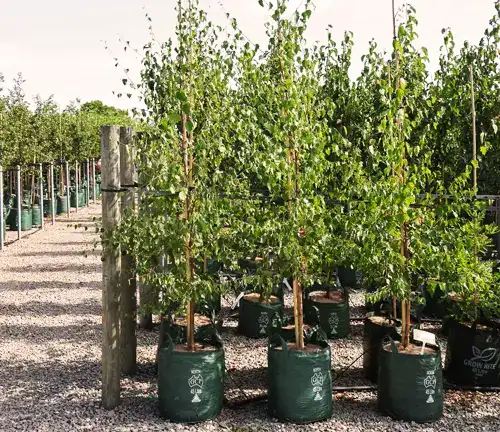
Cultural and Historical Significance
The Silver Birch holds profound cultural and historical significance across different traditions. Often associated with themes of renewal and purification, this tree has been symbolically linked to various rites and ceremonies. Its presence in folklore and mythology further highlights its enduring importance in human narratives.

Wood Products and Applications
The wood of the Silver Birch is prized for its light color and versatility. Used in furniture, crafts, and construction, the wood exhibits a fine grain and durability. Its utility extends to various applications, contributing to both functional and aesthetic aspects of human life.


Other Uses
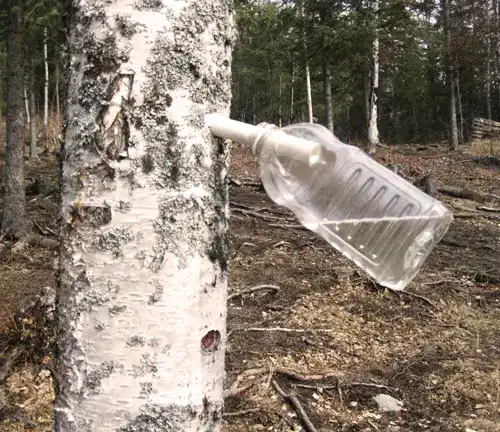
Beyond wood products, the Silver Birch has other practical uses. Traditional medicine utilizes various parts of the tree for their healing properties. The sap of the Silver Birch, known as birch water, has gained popularity as a refreshing beverage in some cultures, showcasing the tree’s connection to human well-being.

Threats and Conservation
While the Silver Birch is generally hardy, it faces threats, notably from the bronze birch borer. Conservation efforts are crucial to protect these trees and their ecosystems. Understanding and mitigating these threats contribute to the preservation of the Silver Birch’s ecological and cultural significance.
Benefits
The benefits of the Silver Birch extend beyond its aesthetic and cultural contributions. As an urban tree, it helps mitigate pollution and enhances air quality. Its role in supporting biodiversity by providing habitat and sustenance for various species underscores its importance in maintaining ecological balance.
Conclusion
In conclusion, the Silver Birch Tree stands as a symbol of natural elegance, adaptability, and cultural richness. From its historical roots to its ecological contributions, this tree weaves a narrative of resilience and connection to the environment. Appreciating the Silver Birch goes beyond its physical beauty; it involves understanding its role in ecosystems, its cultural significance, and the multitude of ways it enriches our lives.

Frequently Asked Questions (FAQs)
- Why does the Silver Birch’s bark peel in layers, and what purpose does it serve?
The Silver Birch’s peeling bark is a distinctive feature. It peels to protect the tree from environmental stresses, such as extreme temperatures and insect infestations. Additionally, it allows the tree to shed lichen and moss, ensuring a healthier bark surface. - Are there any unique folklore or legends associated with the Silver Birch in specific cultures?
Yes, the Silver Birch has significant cultural and historical importance. In Celtic mythology, for example, it was associated with new beginnings and purification rituals. In Russian folklore, it symbolizes femininity and beauty. Exploring these stories adds depth to the tree’s allure. - What makes the Silver Birch’s wood unique compared to other tree species?
Silver Birch wood is known for its pale color and fine grain. It is light, making it ideal for crafting and woodworking. Its unique appearance and workability have made it a favorite choice for various artistic and functional applications. - How does the Silver Birch contribute to improving air quality and the environment in urban areas?
The Silver Birch is known for its tolerance to urban pollution. Its leaves can trap particulate matter and pollutants, helping to purify the air in cities. This quality makes it a valuable tree for urban green spaces. - Are there any specific uses of the Silver Birch sap beyond the production of birch water?
While birch water is a well-known product, the sap of the Silver Birch has been historically used in traditional medicine for its potential health benefits. It contains vitamins and minerals and has been used for various remedies, though its medicinal properties are still being explored today.



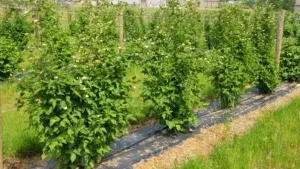

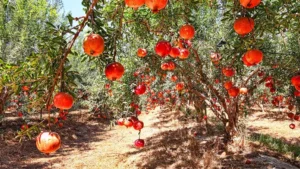
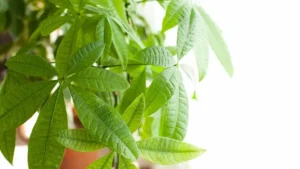
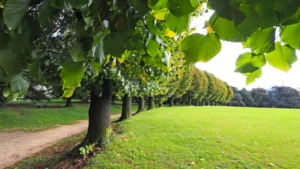



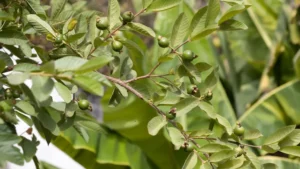
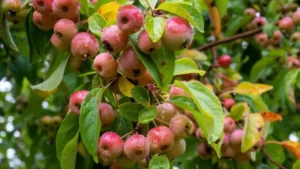

Leave your comment